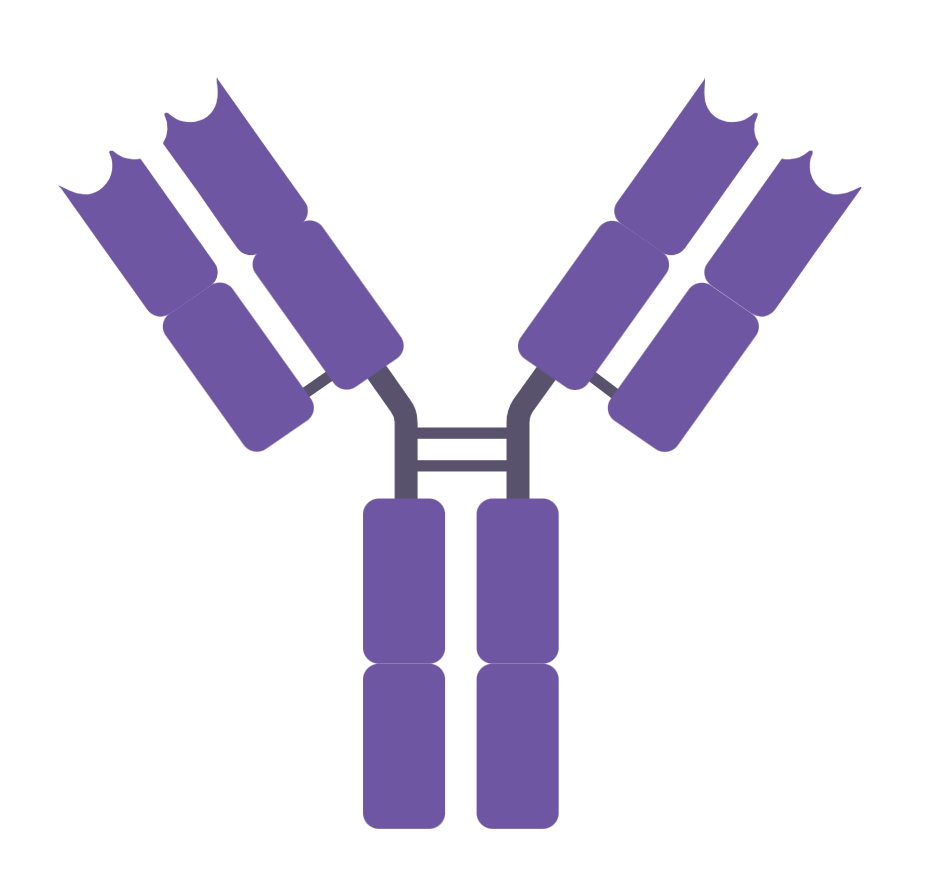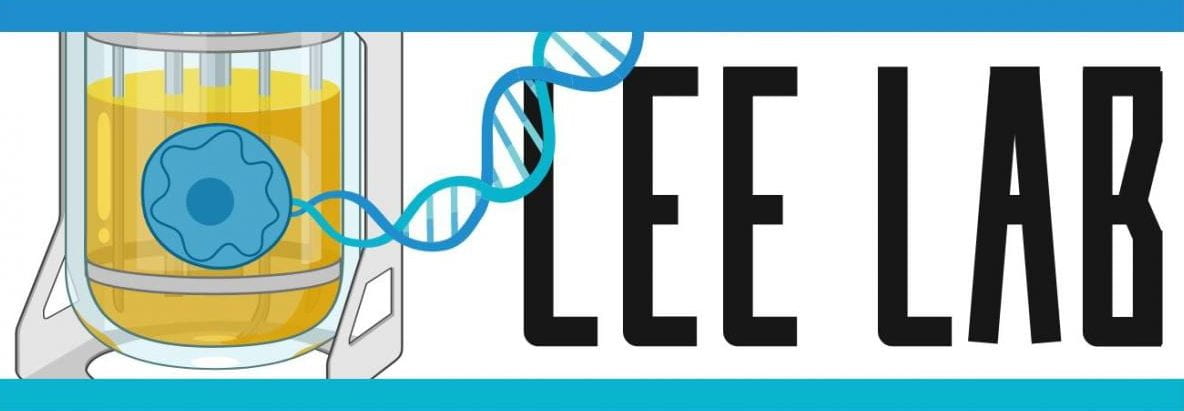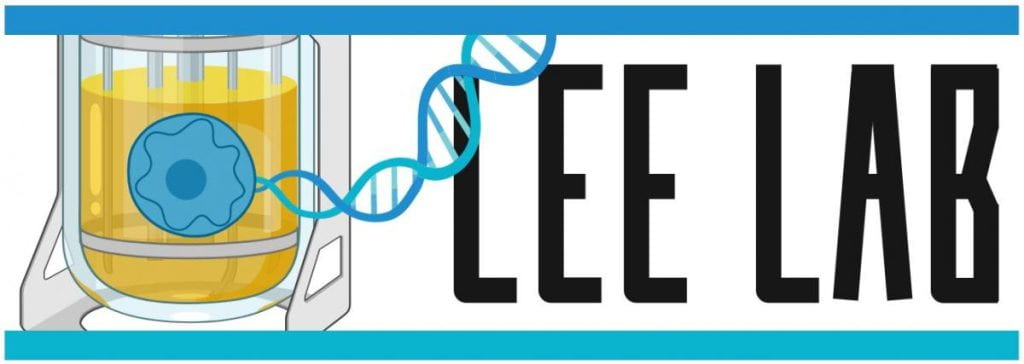Viral vectors for gene therapy

Our group has been studying methods to improve recombinant adeno-associated virus (rAAV) production from upstream cell line/process development to downstream purification. We seek to leverage these platforms to investigate issues including genome packaging efficiency and residual process-related impurities in rAAV production. Despite rAAV being the most prevalently-used vector for gene therapies, relatively little is known about product and process-related impurity retention and clearance in manufacturing processes compared to other product types. For example, the presence of host cell proteins (HCPs) across the downstream process and in the final drug substance may impact product stability, decrease potency, and contribute to immunogenic reactions in patients. Additionally, dosing patients with empty (non-genome containing) rAAV capsids can reduce therapeutic efficacy and increase immunogenicity.
Monoclonal antibody (mAb) model processes

Significant research efforts are put into studying strategies to improve mAb process titers and product quality in academia and industry. However, differences in cell lines and culture media used between laboratories limit the ability of the field to translate findings across the field. To address this issue, we have carried out process development efforts using a CHO host cell line generated by the Vaccine Research Center (VRC) at the National Institutes of Health (NIH) to produce the model anti-HIV antibody VRC01, the anti human epidermal growth factor receptor 2 (HER2) antibody trastuzumab, amongst others. Recently we developed a shareable platform processes for VRC01 production through our collaborations in Advanced Mammalian Biomanufacturing Innovation Center (AMBIC). We have also studied challenges with difficult to express mAbs in CHO cells.


